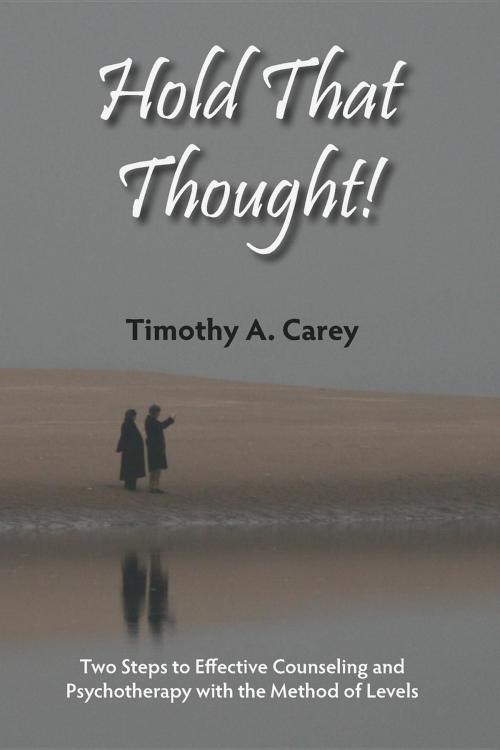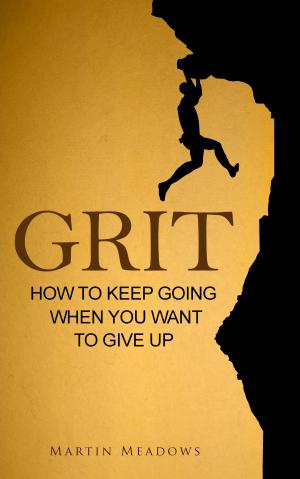Hold That Thought
Two Steps to Effective Counseling and Psychotherapy with the Method of Levels
Nonfiction, Reference & Language, Education & Teaching, Counseling & Guidance, Health & Well Being, Psychology, Applied Psychology| Author: | Timothy A Carey | ISBN: | 9780944337585 |
| Publisher: | New View Publications | Publication: | November 8, 2016 |
| Imprint: | newview | Language: | English |
| Author: | Timothy A Carey |
| ISBN: | 9780944337585 |
| Publisher: | New View Publications |
| Publication: | November 8, 2016 |
| Imprint: | newview |
| Language: | English |
The Method of Levels (MOL) is an application of the principles of Perceptual Control Theory (PCT). Advanced by William T. Powers in his seminal book, Behavior: The Control of Perception, this scientific model explains how all living organisms are constantly acting to control their perceptions rather than reacting to environmental conditions. Powers suggests that living things are organized as feedback systems, comparing information obtained through their senses (perceptual system) with internal references (wants,goals, and intentions), acting on the environment to obtain a match. The model has important implications for neuroscience and psychology and related fields such as counseling, psycholtherapy and education.
The Method of Levels (MOL) is an application of the principles of Perceptual Control Theory (PCT). Advanced by William T. Powers in his seminal book, Behavior: The Control of Perception, this scientific model explains how all living organisms are constantly acting to control their perceptions rather than reacting to environmental conditions. Powers suggests that living things are organized as feedback systems, comparing information obtained through their senses (perceptual system) with internal references (wants,goals, and intentions), acting on the environment to obtain a match. The model has important implications for neuroscience and psychology and related fields such as counseling, psycholtherapy and education.















